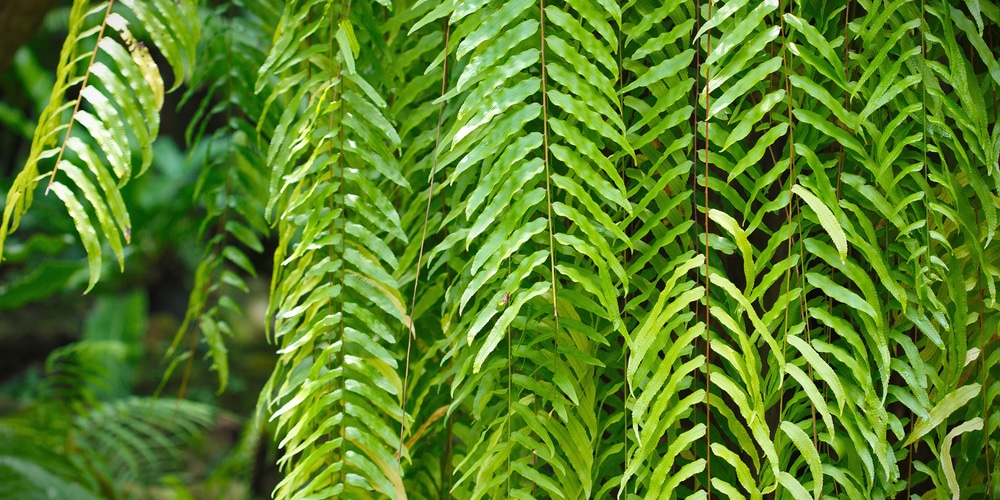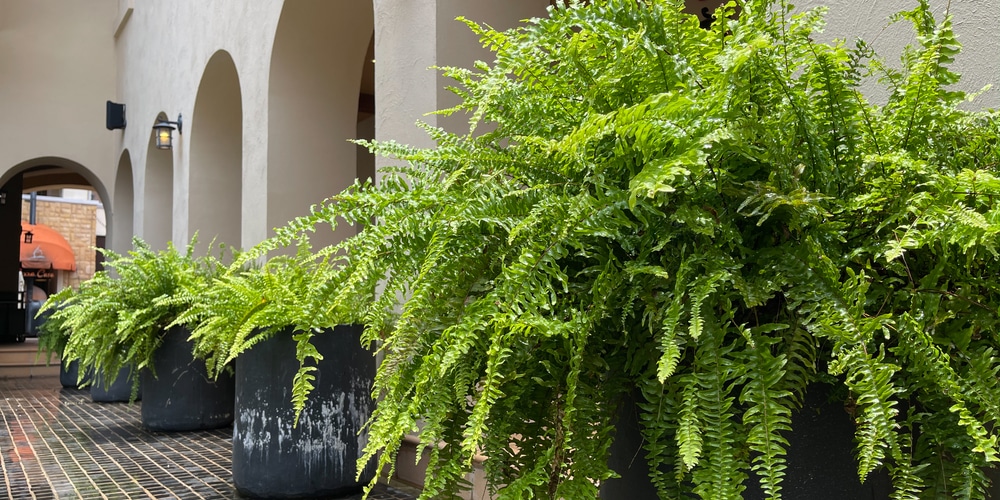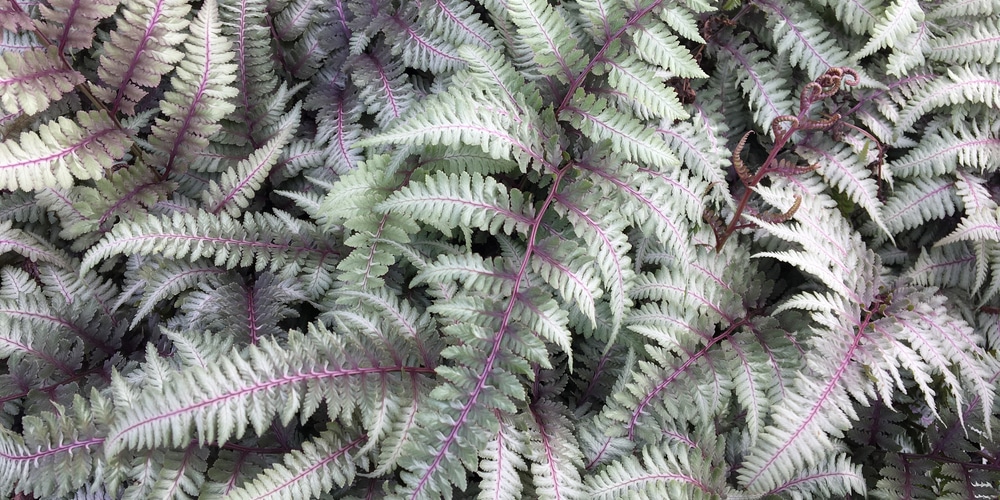Did you know that there are over 10,000 species of ferns in the world? That’s a lot of variation for a single plant family! With their feathery fronds reaching up towards the sun, ferns have a distinctive look that has made them popular houseplants for centuries.
Their popularity continuously increases as more people discover the ease of care that ferns require. Despite their delicate looks, these plants are more resilient than they look.
Are Ferns Evergreen?

The answer to this question is a resounding yes! Ferns are indeed evergreen plants. Their unparalleled adaptability has allowed them to survive on every continent except Antarctica.
Ferns come in a wide range of shapes and sizes, from the tiny button fern that only grows to be a few inches tall to the enormous tree ferns that can reach heights of over 20 feet! Some ferns are ideally grown indoors, while others prefer to be outdoors.
Additionally, these plants are versatile in that they can grow in various conditions, from full sun to complete shade. This makes it a perfect plant choice for those looking to add a bit (or a lot) of textured greenery to their landscape but don’t have a lot of space or time to dedicate to plant care.
Different Types of Evergreen Ferns
Depending on your personal preferences, there’s bound to be an evergreen fern that’s perfect for you and your home. Here are some of the most popular types of evergreen ferns:
Adiantum Venustum
Also known as the maidenhair fern, this type thrives even in dappled or full shade. Its beautiful light green fronds get a deeper and darker shade as it matures. Keep this plant protected from the winds, and make sure to never let it sit in water to prevent root rot.
Matteuccia Struthiopteris
Also referred to as the ostrich fern, this plant gets its name from its large, feathery fronds that resemble the plumage of an ostrich. It’s a fast-growing plant that does best in partial shade and moist, well-drained soil.
Asplenium Nidus
This type of fern is also known as the bird’s nest fern because its leaves curl inward and form a “nest” in the center. It’s an epiphytic plant, which means that it grows on other plants or objects instead of in the ground. These ferns prefer indirect light but can also tolerate low light conditions. It can be perfectly happy when grown in a pot or hung from a basket.
Pteris Cretica
The common name for this plant is the brake fern, and it’s one of the most popular types of ferns to be kept as houseplants. It has wide, leathery leaves ranging in color from green to purple. This plant does best in bright, indirect light but can also tolerate low light conditions.
Nephrolepis Exaltata
This is probably one of the most common and famous ferns, also known as the Boston fern. It’s a classic houseplant that has long, cascading fronds. It is best kept in pots and hung near a window where it can get bright, indirect light. Additionally, its leaves are sensitive to fluoride, so make sure to use distilled or rainwater when watering this plant.
Athyrium Noponicum
This is probably one of the most unique and beautiful types of ferns, also known as the Japanese painted fern. As its name suggests, this plant is native to Japan and has stunning silvery-blue leaves with burgundy highlights.
When grown in partial to full shade, the colors of the leaves are more vibrant. It prefers moist, well-drained soil and is ideal for use as a groundcover or in container gardens.
Polystichum Polyblepharum
This fern has a very distinct appearance, also known as the Japanese tassel fern. Its tips are fringed with golden hairs, and the leaves are a deep, glossy green. Its stems are reddish-brown, making a beautiful contrast against the green leaves. These ferns are typically found in woodlands and prefer dappled sunlight under moist conditions.
Are Ferns Evergreen: Final Thoughts
Ferns are a beautiful and diverse group of plants that come in all shapes and sizes. Most gardens aren’t complete without at least a few of these lovely evergreens.
Their year-round color and texture provide contrast and interest, no matter what the season. So, if you’re looking for a versatile plant that’s easy to care for, whether for planting indoors or outdoors, consider adding some ferns to your plant collection.

